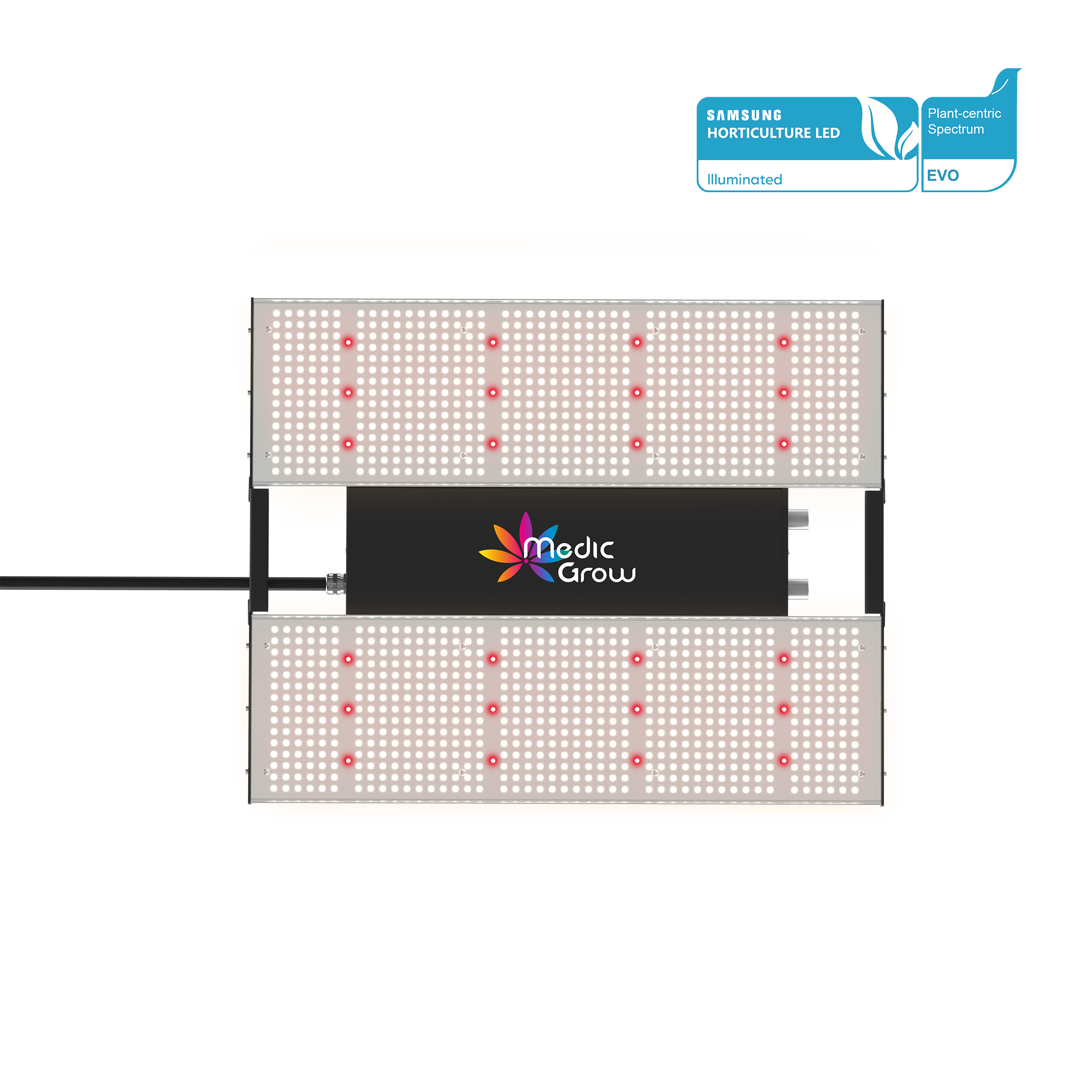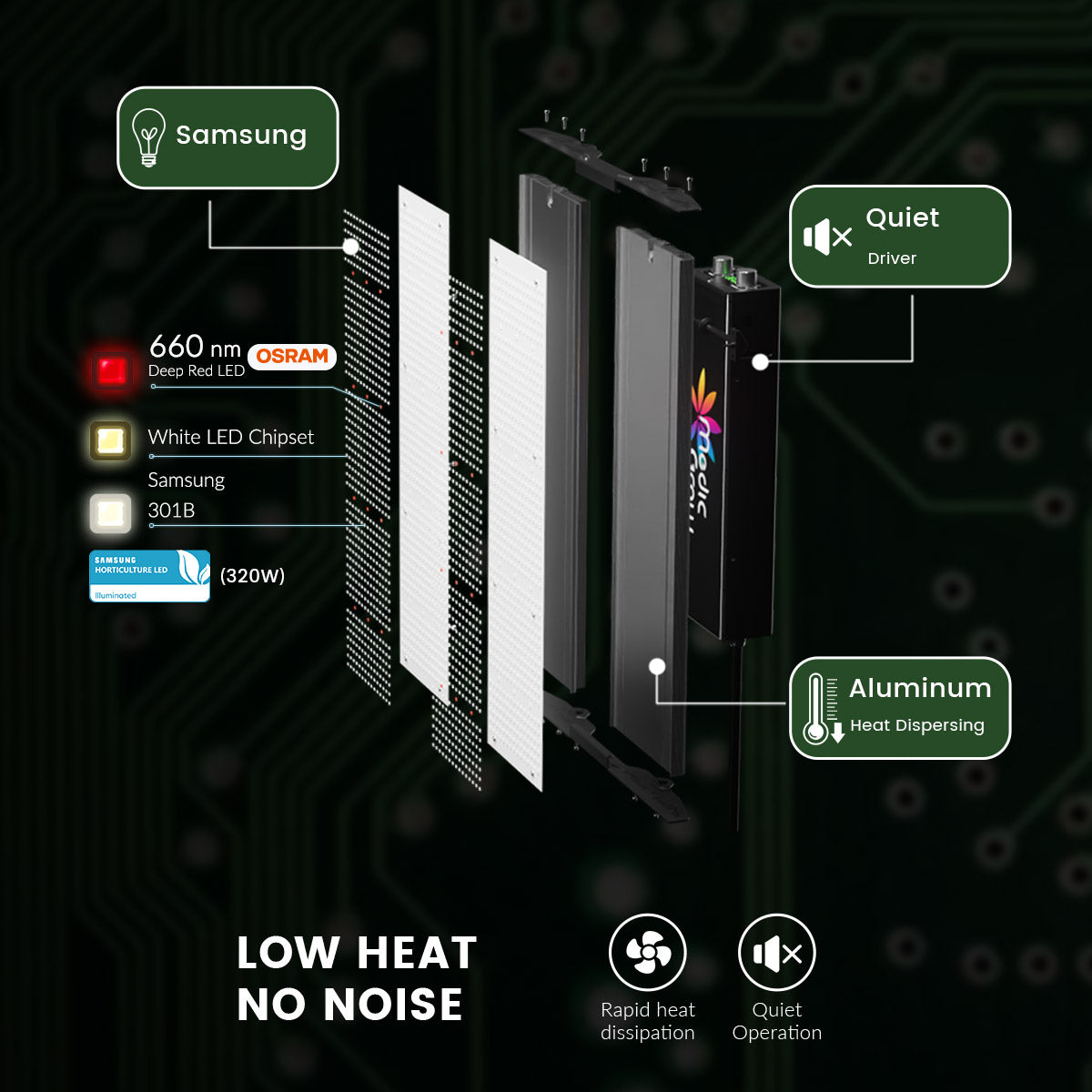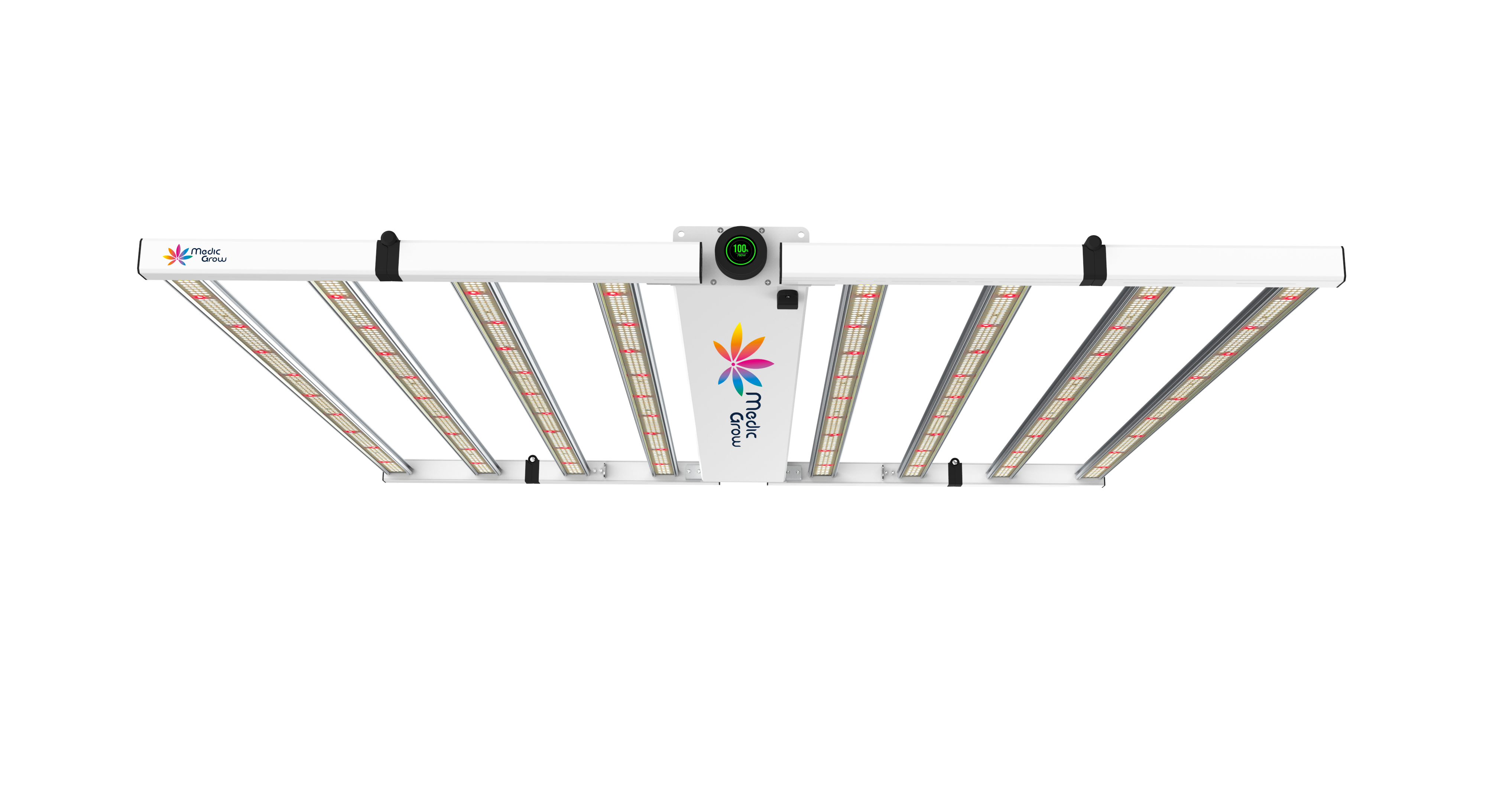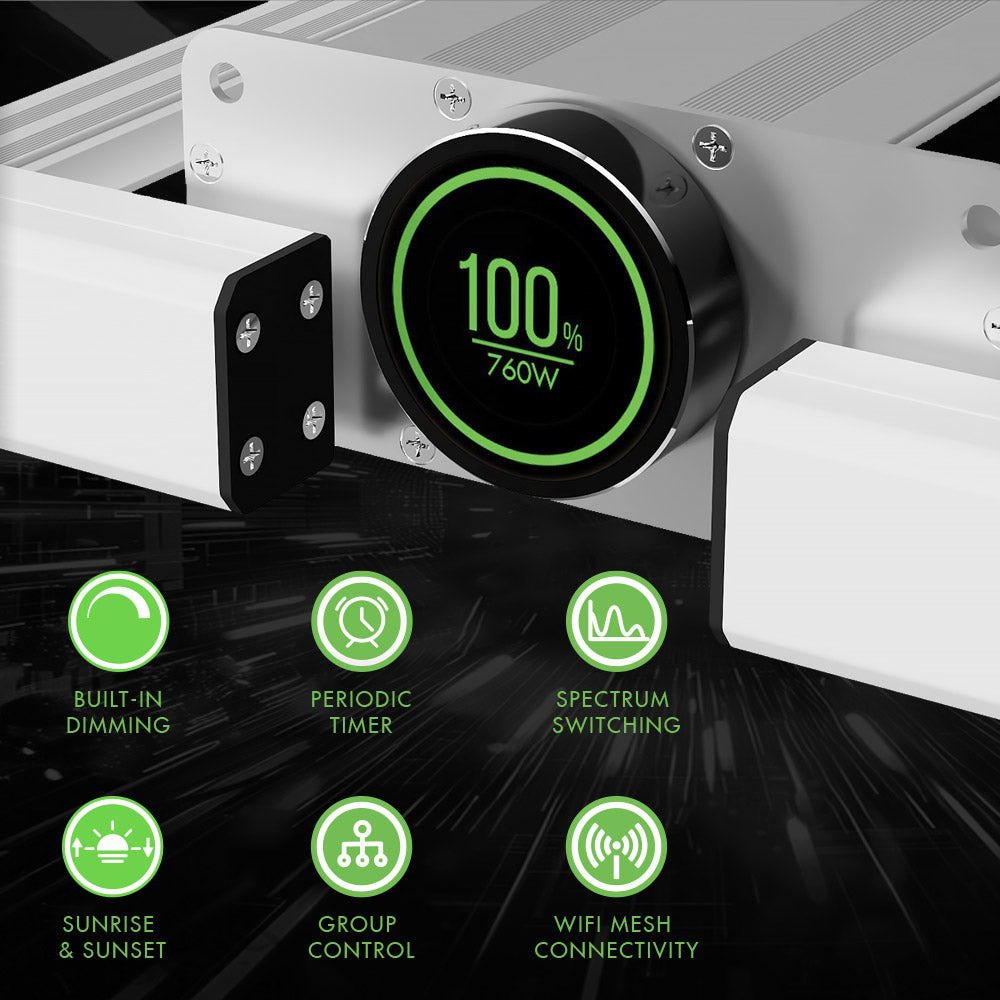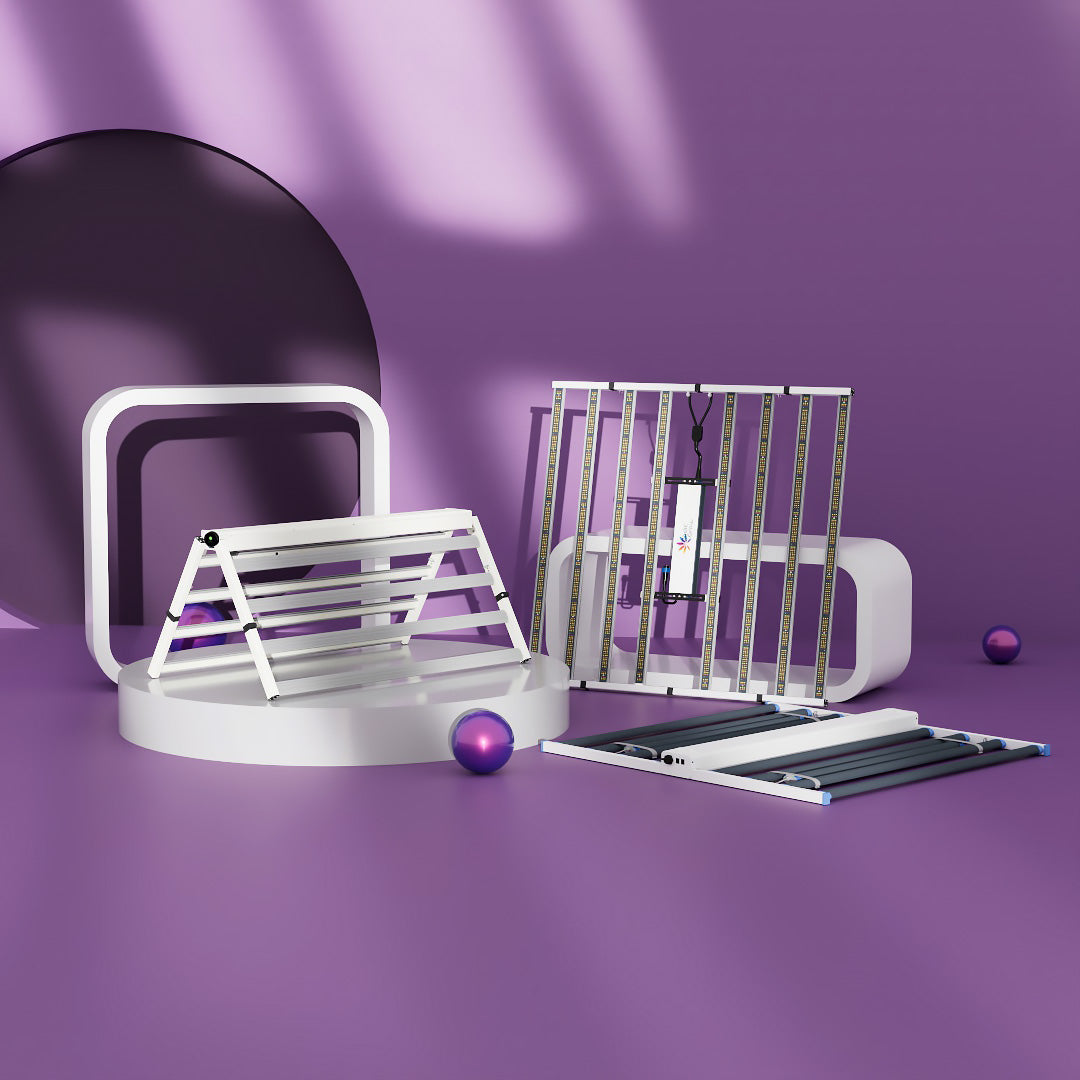新订户可享受9% 折扣
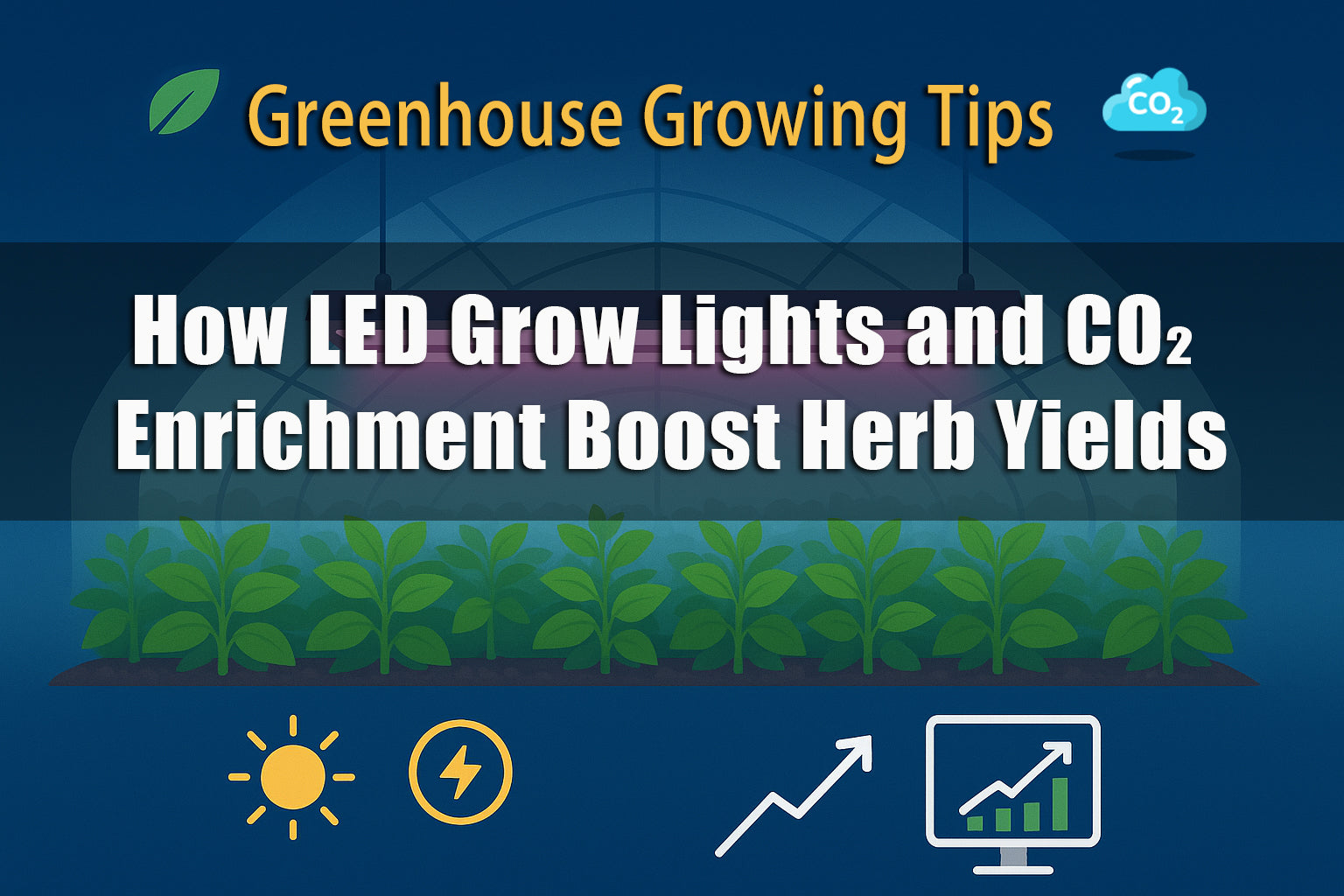
How LED Grow Lights and CO₂ Enrichment Boost Herb Yields

In 2025, competition in the vanilla cultivation sector is intensifying, with growers constantly exploring strategies to improve yield, potency, and efficiency. Among the most effective techniques are the combined use of LED grow lights for herbs and CO₂ enrichment. When these two factors are optimized together, they create a powerful synergy that maximizes photosynthesis and drives higher-quality harvests.
Why LED Grow Lights Are Essential for Herbs
Light is the primary driver of photosynthesis, making it one of the most critical inputs in herb cultivation. Unlike traditional HPS or fluorescent lamps, LED grow lights provide:
-
Tailored light spectrum: Red (660 nm) and blue (450 nm) wavelengths are crucial for photosynthesis, while far-red and UV-A light improve flowering, resin production, and aromatic compound profiles.
-
Energy efficiency: High-efficiency LEDs reduce power consumption by up to 40% compared to HPS systems.
-
Precision control: Adjustable spectrum and intensity allow growers to fine-tune lighting strategies across different herb growth stages.
Studies show that herb photosynthesis increases in proportion to light intensity up to a point. Beyond this threshold, yields plateau unless another limiting factor—CO₂ availability—is addressed.
The Role of CO₂ Enrichment in Herb Cultivation
In most greenhouses and indoor grows, ambient air contains around 400 ppm of CO₂. This level supports baseline plant growth but is insufficient in high-light environments. Herbs under intense LED lighting need more CO₂ to process energy efficiently.
By enriching grow rooms to 800–1,200 ppm CO₂, cultivators can:
-
Increase photosynthetic efficiency.
-
Boost vegetative biomass during the growth stage.
-
Produce denser, higher-quality leaves and flowers during harvest.
-
Reduce photorespiration and stress under high light.
The Synergy of LED Grow Lights and CO₂
The real power lies in combining LED grow lights and CO₂ enrichment. A 2025 controlled trial in Colorado found that herbs cultivated under 1,000 µmol·m⁻²·s⁻¹ PPFD with 1,000 ppm CO₂ achieved:
-
21% higher dry yield compared to non-enriched controls.
-
Increased concentration of essential oils and bioactive compounds.
-
More uniform plant development and greater consistency in quality.
This synergy occurs because CO₂ boosts the Calvin cycle efficiency, allowing herbs to convert light energy into carbohydrates more effectively.
Best Practices for Growers
-
Lighting Strategy: Target 800–1,200 µmol·m⁻²·s⁻¹ PPFD with full-spectrum LED grow lights. Use tunable fixtures to match the spectrum with growth phases.
-
CO₂ Monitoring: Maintain levels between 800–1,200 ppm. Avoid sudden fluctuations that can stress herbs.
-
Climate Adjustment: Higher CO₂ often requires fine-tuned temperature and humidity to maintain optimal VPD.
-
Return on Investment: Although CO₂ systems and premium LED grow lights require upfront costs, yield gains of 15–25% significantly shorten payback time.
Conclusion
For growers aiming to stay competitive in today’s herb industry, combining LED grow lights for herbs with CO₂ enrichment is no longer optional—it’s a game-changing cultivation strategy. This dual approach optimizes photosynthesis, increases yields, and improves product quality, ensuring that every photon of light and every molecule of CO₂ is converted into profitable results.
#LED grow lights for herbs #CO₂ enrichment herb yield #herb cultivation strategies
#improve herb photosynthesis #herb grow room lighting #LED Grow lights
特色产品
博客文章

Behind the Glow: The Science of Precision in Every Medic Grow Light

Medic LED Grow Lights: Leading the way in horticultural lighting standards

🌱 LED Grow Lights: A Hardware Engineer’s Buying Guide

- led grow light
💡 Top + Bottom Grow Lights: The Future of Precision Cultivation
如有任何想法请联系我们!
- 选择一个选项会导致整个页面刷新。
!















